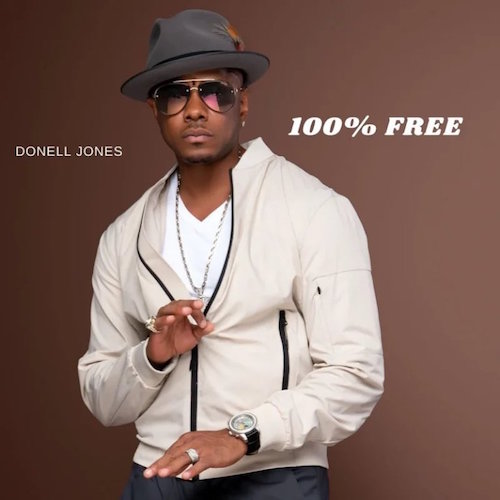

I used a lot of guitar sounds on my first album, so on my second album, instead of using guitar sounds, I wanted to bring in a guitar player. If there was something I couldn’t do, I’d bring somebody in who could do it. I just had ideas that were floating around in my head, and I put the pieces together. I think we accomplished that goal.ĭid you create demos for these songs on the album? So, whatever they put out, it wouldn’t matter because it was going to be a good song. So my goal for going into Where I Wanna Be album was: I wanted to make every song sound like it could be a single. I mean, it did pretty good, but it sold 200,000 records, and back then, that wasn’t really that good.

I didn’t feel like My Hear t got the push that it needed. My approach was to make an album that had a lot of records on there that people would like. What was your mindset coming off the success of My Heart? What was your approach in making Where I Wanna Be? We couldn’t get a deal in Chicago, so that’s why we went to the Black Radio Exclusive convention that was in Washington, DC in 1993.

It took about three or four years to really build that name up, and that’s pretty much where we started at. I was just doing everything I could with music, and I was around other people who were doing it, too, so I was soaking it all up like a sponge. He was putting together a group, and he wanted me to try out. I was working at McDonald’s and the manager heard me singing one day. It was called “Love Can’t Win,” but I was about 16 when I started singing seriously. What was that journey like as an artist from the time you began doing music until you got your record deal? “ In the Hood,” “Knocks Me Off My Feet,” and “ No Interruptions.”Īt that time, I know you worked on some songs for Usher’s debut album. What were some of the other songs that you played for him? I was with the best label, and I had the two top producers believing in me and my talent. Back then, LaFace Records was like Motown to me. to tell me that he was going to sign me was a big deal. Just to be in their presence was incredible for me. He had to hear me sing live, and I had this song on my first album called “ Yearnin.’” I sang that song for them, and he was like, “Wow. I went into his office and played him a couple of records. We had to fly from New Jersey to Atlanta. Seeing those guys on TV, and back then, they were the hottest producers on the planet. He was chosen - and they began performing together as Porché, making a name for themselves in the crowded local scene. As a result, he was encouraged to audition for a position in a local singing group. During one of his work shifts at McDonald’s, he was discovered singing by his manager. He performed in high school talent shows around the city. While in high school, his love for music continued to grow. Two years later, he received his first instrument: an electric guitar - a Christmas gift from his parents. By the age of 12, he was writing his first composition. At the tender age of eight, he began singing. We spoke to the singer about the making of his classic album 20 years later.ĭonell Jones’ story begins on the Southside of Chicago.īorn the son of gospel singer Roys Jones, it seemed he was destined to pursue a career in music. Source: Artist On October 12, 1999, Donell Jones released his sophomore album Where I Wanna Be, which spawned hit singles like “U Know What’s Up (Remix)” and the title track.


 0 kommentar(er)
0 kommentar(er)
